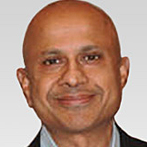Q1. Forrester has described ZeroFOX as a leader in the Digital Risk Monitoring space. What exactly does digital risk monitoring involve and what do enterprises need to understand about the need for it?
Digital Risk Monitoring (recently updated to Digital Risk Protection by Forrester) is the process of identifying and remediating security, brand and business risks on external channels, such as social media, mobile app stores, the deep and dark web, domains and more. It is a novel challenge for information security teams as all the risks occur outside the firewall, and with so many accounts operated by employees, executives, brands and other stakeholders, the attack surface has never been broader.
Although the risks are similar to other communication channels like email spear phishing, malware delivery, spoofing, account hijacking, customer scams and data loss, security teams do not own the data on social and digital channels. Thus it is all ungoverned and uncontrolled. Digital Risk Protection is the process of putting security controls and visibility around these new business communication tools.
Organizations need to understand that attackers have long understood that social media and digital channels give them unprecedented scale, anonymity, and ease of use when it comes to acquiring and engaging targets. Many organizations simply don't understand how much being damage is done because they have no visibility. It is up to the organizations and individuals themselves to identify and report this malicious activity.
Q2. You have a pretty bleak outlook on the potential for social media platforms to be misused for all kinds of malicious activity in the future. What are your biggest fears in this regard?
For the most part, social platforms view themselves as agnostic tools—agents of free speech. Malicious actors quickly realized that they were valuable assets. Of course, social networks don't approve of this exploitation of their platforms, and they have Terms of Service in place to outlaw certain activities, including pornography, terrorism, fraudulent accounts, trafficking, and more. However, the networks rely on their community to report malicious behavior for removal, and as such, the onus for finding the content is on the individual or brand implicated in the issue. This is a good thing, because it allows security, brand and risk teams to take actions into their own hands and develop organization-specific rules and regulations.
With this in mind, our biggest fear is that organizations fail to live up to this task, and the returns on malicious activity continue to pay. It won't take much for social networks to become too difficult to exploit, thereby forcing adversaries to change their behavior or abandon their aims. As long as there are conduits for malicious activity, malicious activity will thrive. The goal for the security community must be working with social networks to raise the cost of exploiting these channels to the extent that they are not worth it for the attacker. Hitting this threshold is critical.
Q3. What do you want attendees at Black Hat USA 2018 to know about your company and its offerings?
For anyone paying attention to the headlines in the past 6-12 months, you'll know that social media security and the exploitation of social networks has reached critical levels. We expect this to get worse before it gets better. As long as Russian propagandists, cyber criminals, fraudsters and scammers have these free, easy to use, scalable tools a their fingertips, they will continue to exploit them successfully.
ZeroFOX was built to give organizations the visibility and control over social media and digital channels that they need. Using diverse data sources and artificial intelligence-based analysis, the ZeroFOX Platform identifies and remediates targeted phishing attacks, credential compromise, data exfiltration, brand hijacking, executive and location threats and more.
ZeroFOX technology processes and protects millions of posts, messages and accounts daily across the social and digital landscape, spanning LinkedIn, Facebook, Slack, Twitter, HipChat, Instagram, Pastebin, YouTube, mobile app stores, the deep & dark web, domains and more. Our mission is to make social media, undisputedly one of the biggest boons to modern organizations in recent history, safe for everyone.












